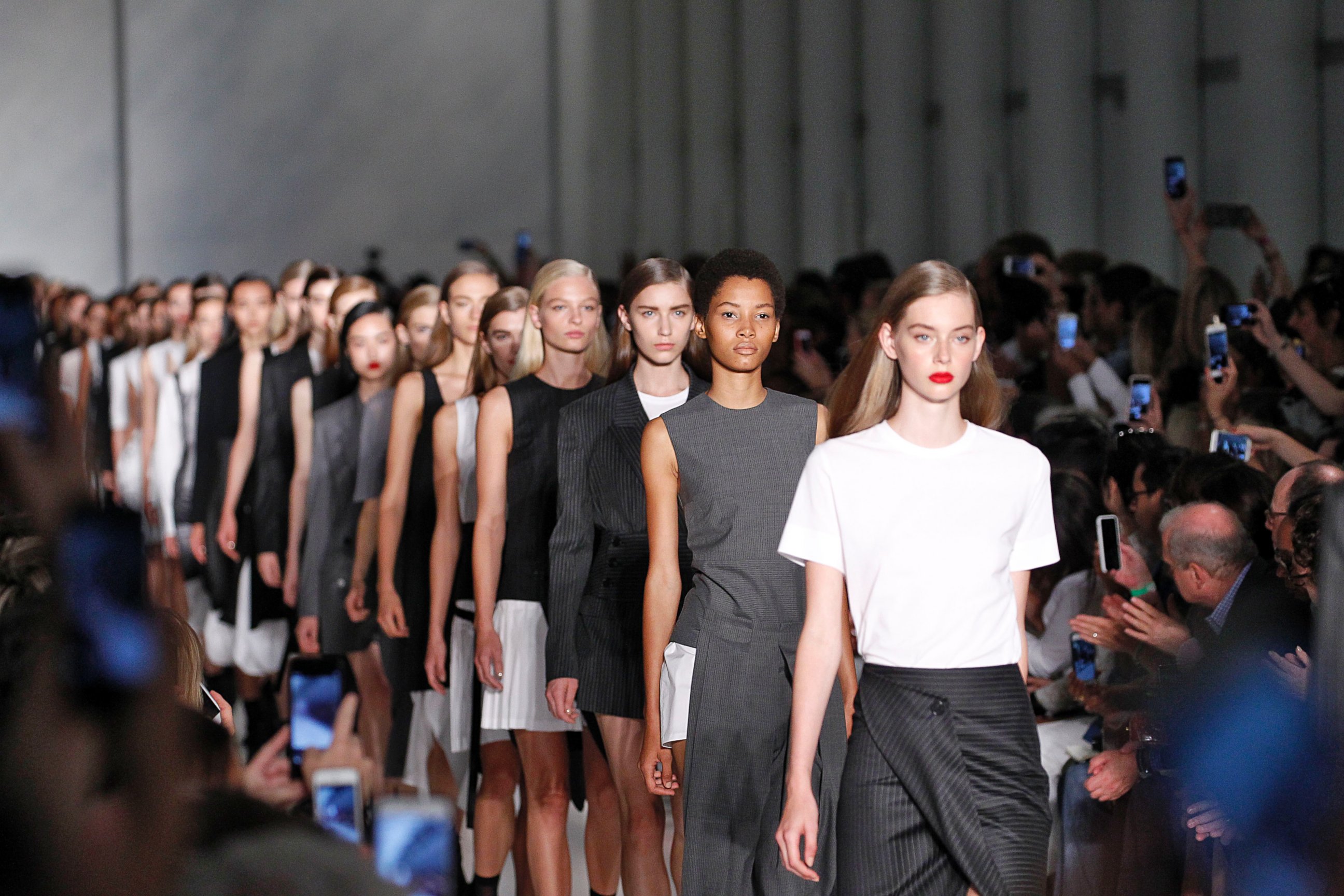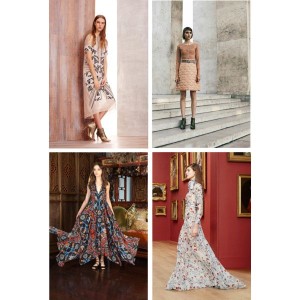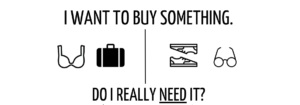Your 2017 winter coat is coming down the runway right now!
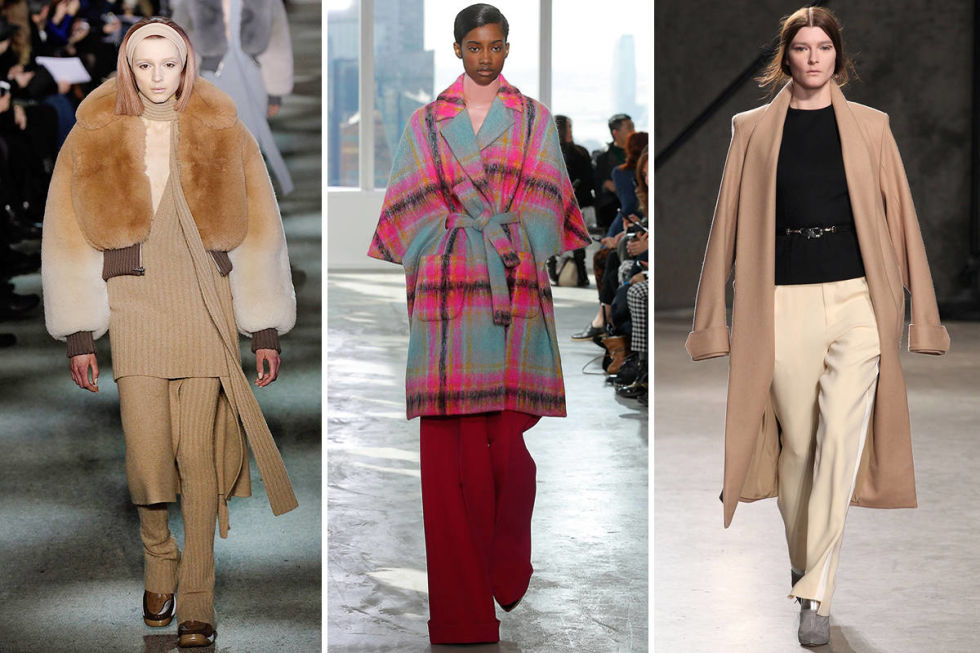
That promise didn’t do much for you, right? That’s because our shopping expectations have changed.
It’s a time of instant gratification. Or, let’s call it Instagratification to be topical. Nowadays, it’s easy to scroll through Instagram and click-to-buy something because a brand or blogger made it look irresistible. Our transactional decisions are predicated on an aspirational life, but now it’s sold to us in expertly edited 1080 x 1080 square pixels.
Instagratification has been the norm at NYFW for a few years. But this season, something has changed. It’s the first time a number of designers are speaking out against the traditional, four season [Spring/Summer, Resort, Pre-Fall, and Fall/Winter] calendar [read: CNBC]. There are many motives behind this, but in general, designers are saying production demands are too high and the lag time it takes them between runway and retail allows fast-fashion brands to copycat their designs at a lower standard [Instagratification in action].
It’s a blurry era in fashion where luxury can’t decide whether to compete against its fast-fashion foes or set itself apart. Fast-fashion is left suspended in time, hoping its copycat model keeps working.
Typically, when there’s this much confusion in an industry consumers need something to fill the void. It has to be something they didn’t know they needed but when it hits, it makes perfect sense. Ethical designers would be crazy not to jump at this opportunity to find their foothold amid the chaos. It’s the perfect time for an ethical intervention.
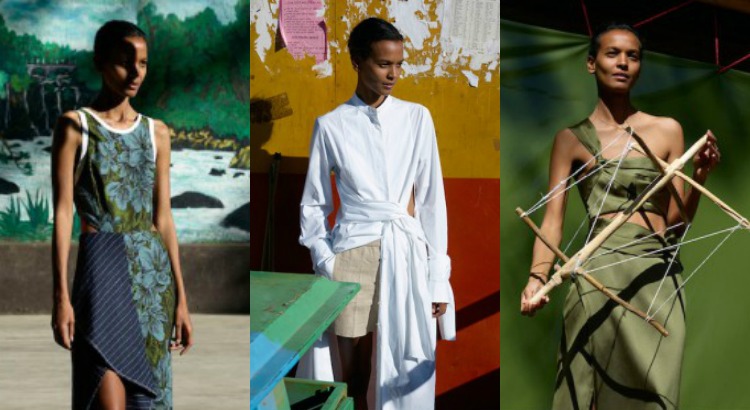
Here’s why.
The luxury industry is fed-up
Real craftsmanship and luxury design isn’t appreciated the way it used to be. The fashion industy as it exists is a trend producing machine built for women (and men) chasing an ephemeral notion that new clothes will fill a void – of coolness, of credibility, of whatever tickles their fancy.
Don’t misunderstand me. I’m guilty of indulging in style. I love the feeling of finding a brand that gets my aesthetic as much as any gal. But fashion is art. Design is hard work. And it’s not being respected because we’re able to find copycats of real design so easily and so cheaply. That’s why I continue to wear clothes from proper designers as much as I can afford to. Even brands I found recently online such as lingerie by Natori, items that really take hard work and dedication to make. I respect that! So my money goes towards this as much as possible.
In some ways, these copycats are needed by many people who can’t afford these luxury brands. Luxury designs from brands like Gucci and Louis Vuitton are way too expensive for the average person to invest in on the regular. However, what’s even more disappointing is these replica brands then ripping off their buyers, as stated by mau-fashion.com about AAA handbags. What’s the point in copying other brands if you’re not even going to deliver?
Imagine yourself as a designer today. The process goes something like this: seek inspiration – toil over sketches – present idea to team – negotiate with manufacturers and suppliers – burn hours of midnight oil in production against looming runway deadline – pitch collection to retailers – host big-budget runway show – see a crappy, poly-rendition of your design on a prosaic Zara mannequin at the mall for $74.99 three weeks later. I bet that feels rewarding to Burberry’s head designer. I can’t even afford these clothes and it irks me.
There are other forces at play that have designers fed-up. Luxury sales are lagging due to weather trends because designers are unable to adapt and produce on-season clothing at the same pace of mass retailers [read: nytimes]. This is also where inventory becomes a concern. If designers are producing seasonal collections a year in advance with no predictive data on consumers or the weather, they can be left with huge stockpiles of unwanted clothes when their designs reach retail.
The bottom line is, what’s driving this change is not based on ethical decisions. But it may lead to more stringent supply chain management and less production in general. And that’s only a good thing. It could, however, mean competition from luxury designers that would pit ethical brands against fashion’s establishment. In areas of supply chain management, the use of plm software can help effectively and efficiently keep on top of any issues and needs that may arise during this time.

The lines of fast-fashion are blurring
The change is not just happening with luxury retailers. Fast-fashion brands are wising-up and adapting to two key trends. They’re moving toward more eco-conscious and ethical designs and scaling their clothes up to offer higher-quality, curated collections. Why? Because consumers are saying they prefer buying consciously and dressing in a minimal, uniform way. This shift sounds promising, but fast-fashion is answering this call with half-baked ethics.
Take Zara’s studio collection as a case-and-point. According to R29’s interview with a Zara spokesperson, “With the ‘studio’ collection, the quality standards are not different; however, [those] garments tend to carry a more elevated and exclusive feel. In spite of this, all of our production follows the same SRC policies.” So basically, They’re positioning it a luxurious option, but what they’re really selling you is a load of BS when it comes to quality. See what I mean about blurry and half-baked?

Fast-fashion brands are also defying traditional notions that luxury is reserved for the few.
Retailers like Banana Republic and Jcrew have shown at fashion week. And, most recently, H&M launched another collaboration with the front-row-girl’s favorite brand, Balmain. This is a more refreshing trend that proves conventional models are out the door and off the showroom floor.
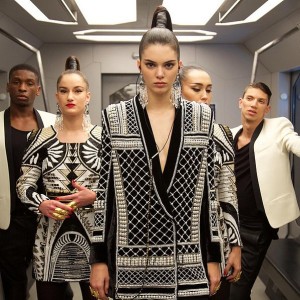
Consumers are confused
All of this protest and change between luxury and fast-fashion is creating confusion that’s rippling into the cost of clothing. The middle tier of fashion has disappeared. There’s either ultra-high or extremely cheap. Obviously, those wanting to spend more on their clothes will visit the high-end fashion stores to purchase their outfits, whilst those working with a budget will visit the cheaper stores. Most people won’t want to spend ridiculous amounts of money on their clothing, which is why so many affordable brands are being created to help people out. Some stores, like Lychee the Label, have recently been offering people affordable ways to keep up with the latest fashion trends. As many young adults will know, Kpop groups do seem to be leading the way in fashion trends. That’s why some brands are offering kpop fashion streetwear at various prices to make sure that more people can afford the clothing. Consumers shouldn’t be that confused, they can just purchase whichever clothes they can afford.
My favorite example of this is a writer who challenged himself to spend $150 on every piece of clothing [read: Atlantic]. He was intent on buying better quality, investment pieces to last him a long time and found it much harder than he anticipated.
How ethical can win
Amid this confusion, ethical brands need to wise-up and see the opportunity. A few standout brands like Reformation and Everlane have been able to thrive. But they don’t reflect the majority. Real talk: mosts of the brands selling ethics and sustainability have flopped.
Consumers report they want conscious fashion [read: bof] but the reality is that they’re only buying these as supplemental purchases. The bulk of their wardrobes are still built on fast-fashion. To make things more complicated, the Huffington Post recently reported in The Myth of the Ethical Shopper that it will take much more than changing consumer purchasing patterns to reform fashion. There’s gritty, long-term government reform that needs to be done.
Still, there are fashion brands that are making progress. They’re cutting back on emissions, treating workers fairly, managing supply chains better and being transparent with consumers. But they need to do more to motivate consumers to actually buy their stuff.
Here’s how ethical brands can make this happen.
Do more of this:
- Own your innovation. Ethical fashion was a pioneer of the minimalistic dressing that’s everywhere and now luxury and fast-fashion are stealing your thunder! Tell the story about your design and clothing, sometimes more than the ethics.
- Lead with the clothing. Okay, this one is tough. But unless you can pull off an irreverent or cool brand of ethics like Reformation, the clothes need to come first. Practice ethics wholeheartedly, but keep them low profile so they’re not preachy or off-putting. Mass appeal is tough!
- Compete at a common price point. Ethical fashion is in flux when it comes to pricing. If it continues to occupy the middle, it may never stand out. I don’t have an answer for which way it should go, except to invite competition and conversation about the topic.
- Create one-stop-shopping. A customer’s dreams is having one resource for their entire wardrobe. Give it to them by joining with other brands, developing online marketplaces and making them memorable.
- Make clothing searchable. This includes SEO and on-page searchability. I can’t tell you how many ethical brand pages I’ve left immediately because I couldn’t search for what I needed. Making it searchable by cause wouldn’t hurt either. The asos website works brilliantly as a model.
Do less of this:
- Infiltrate fast-fashion. Soko launched a collaboration with Forever 21 that was celebrated, but it crushed my soul. Don’t water down your mission by joining the wrong brands, go at alone.
- Create websites for small collections. I’ve seen a ton of this with ethical lingerie, jewelry and athletic brands. This is a sure fire way to send your consumers packing in search of more offerings. If you’re small, that’s okay. Just join forces with other brands.
- Sell yourself short. Talk about your design, your story, your cause – more. Over-market your brand. If you want to compete with the big dogs, get out the big gloves and implore their tactics.
I’d love to hear what you think about this in the comments or on twitter with #SlowDownMyClothes.

